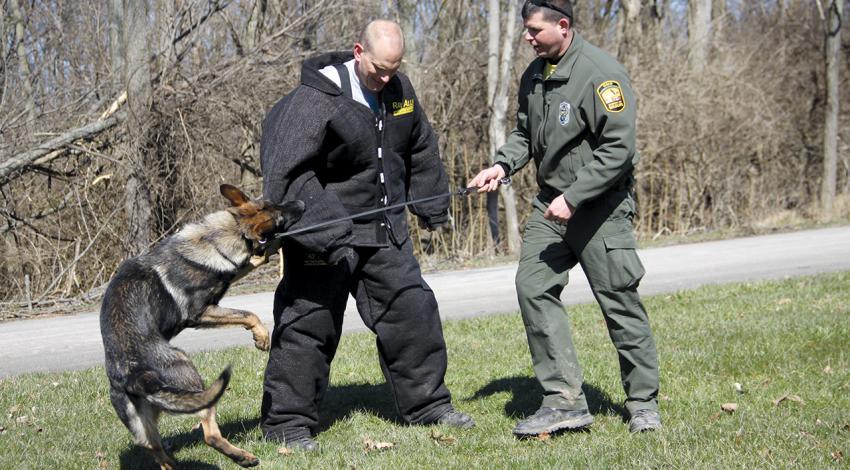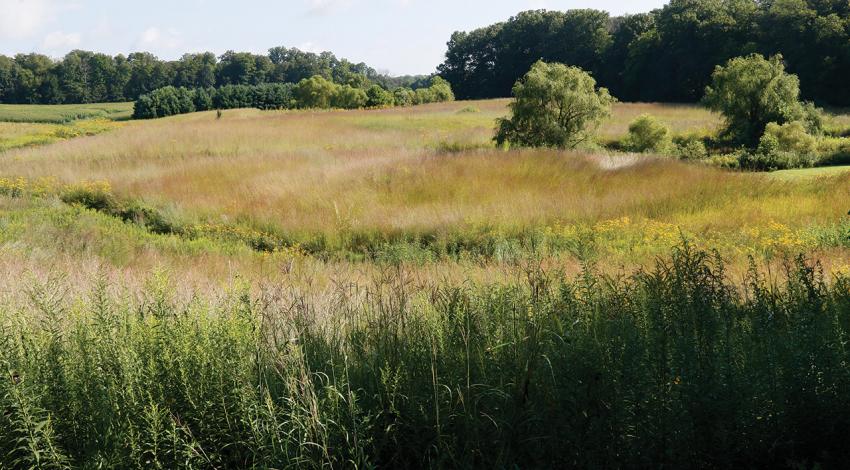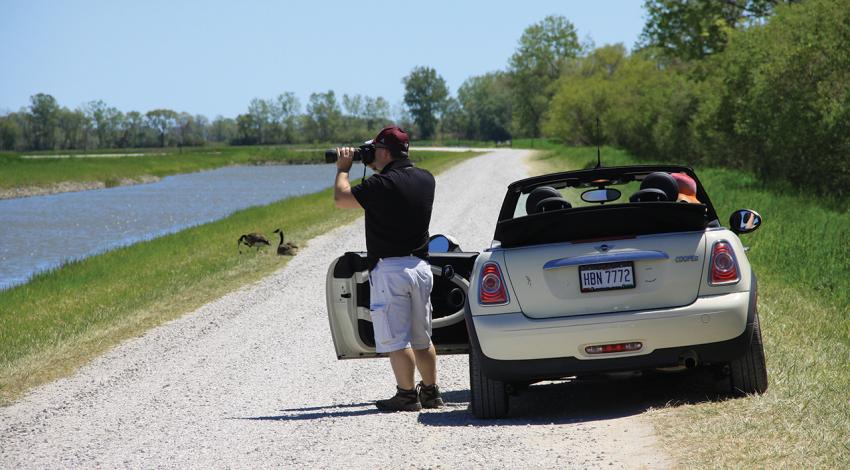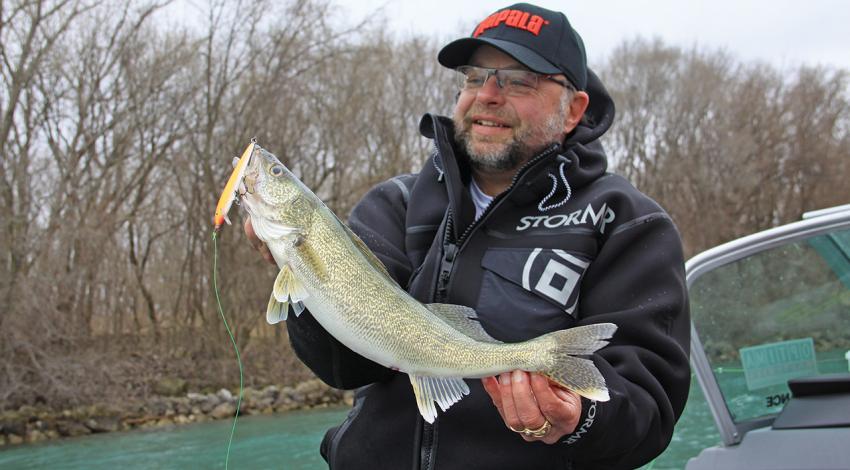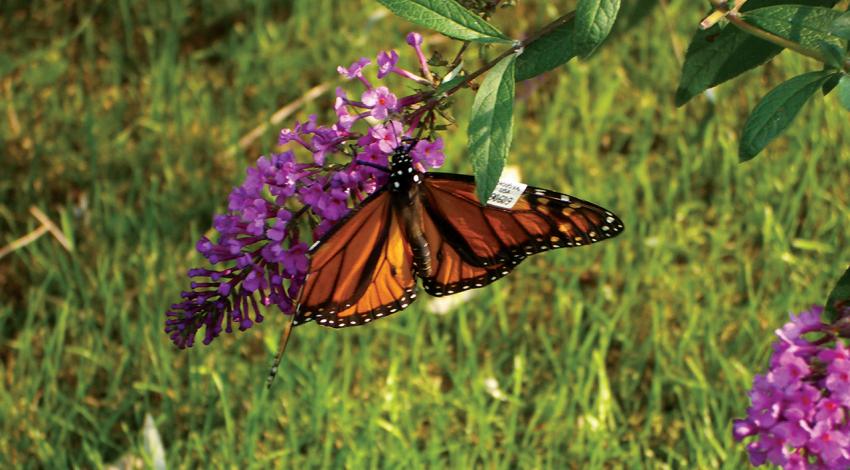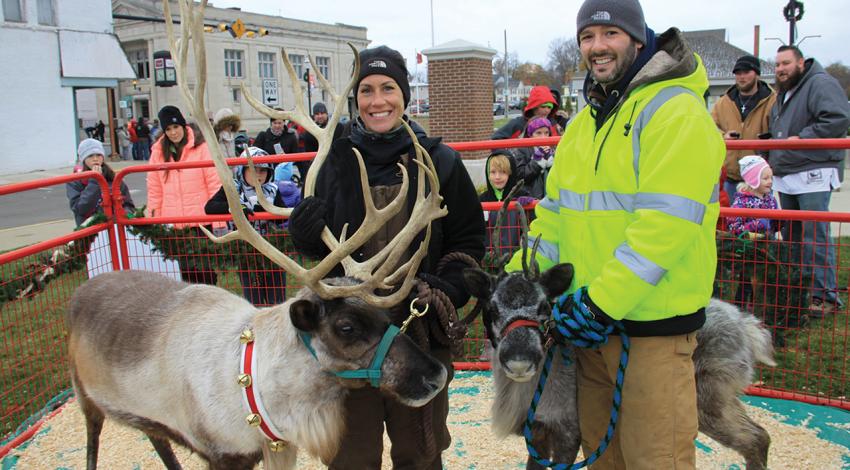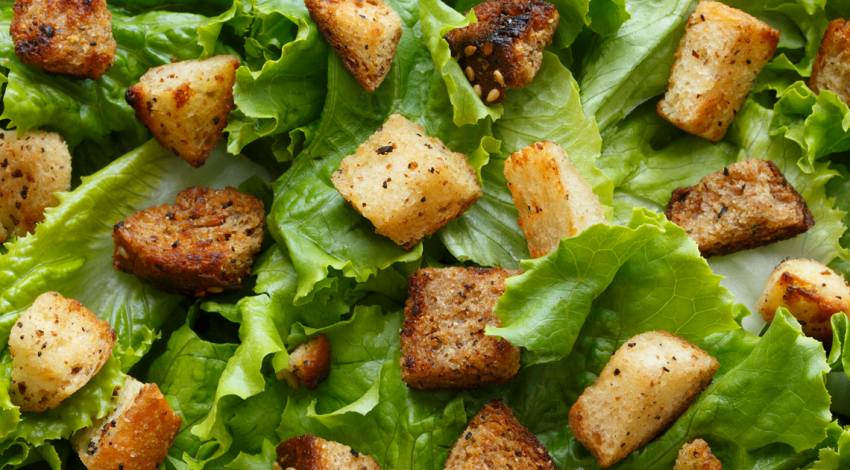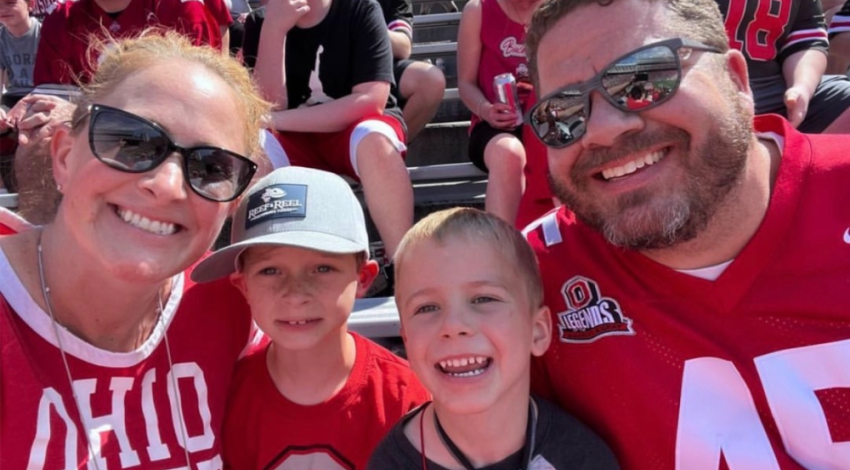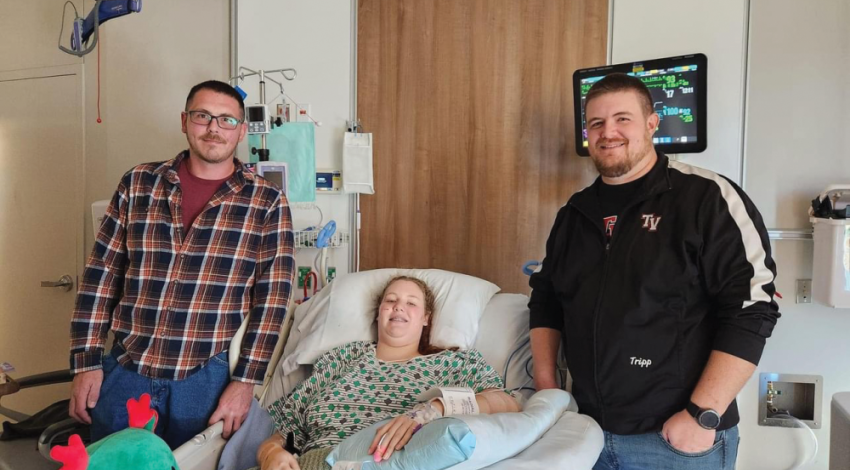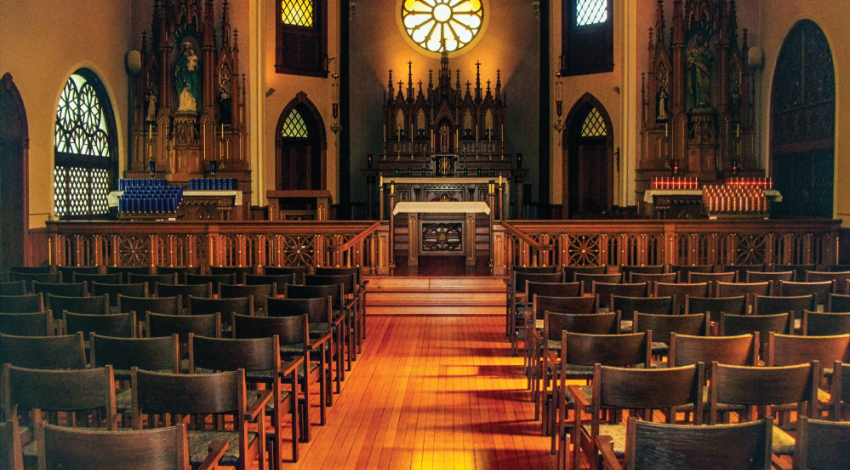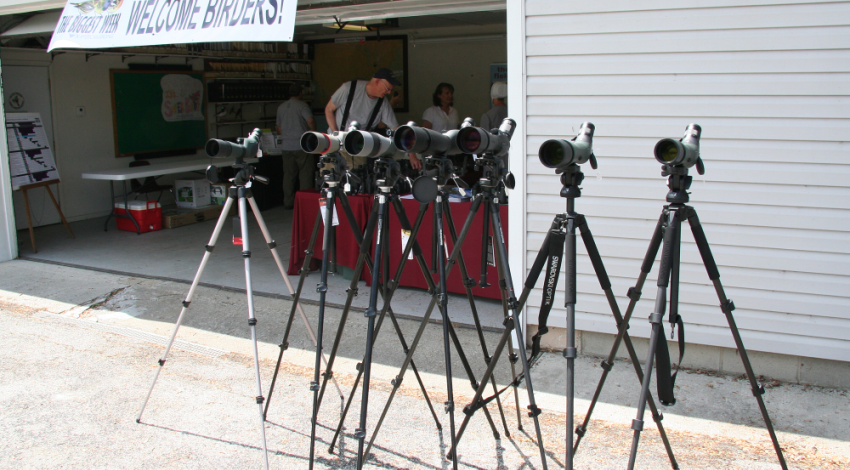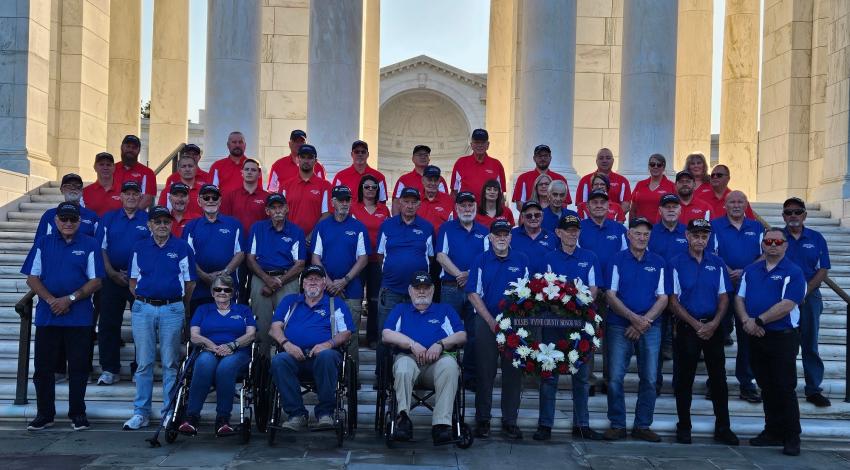As hunting seasons open this fall, the Ohio Department of Natural Resources (DNR), Division of Wildlife will have five more wildlife officers patrolling the state’s woods, fields, and marshes. Unlike the other 100 or so state wildlife officers, the new recruits will have cold, wet noses and wagging tails; they’re K-9s.
For the first time in its nearly 70-year history, the Ohio DNR has joined more than 20 other state conservation agencies in employing K-9 officers. During the past year, five dogs and their handlers have been trained and assigned — one per wildlife district.
